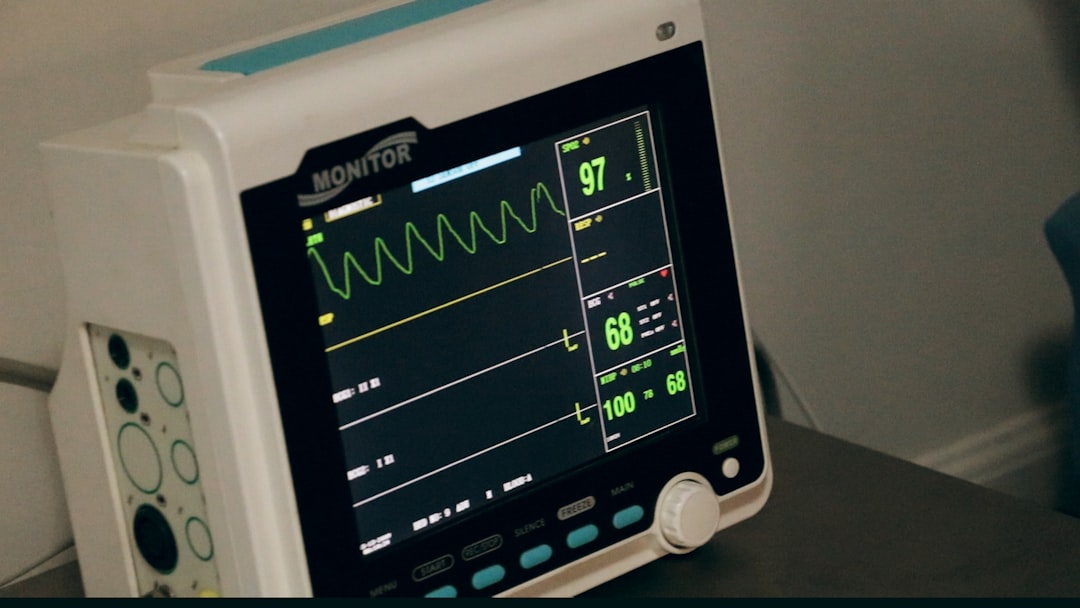What is it about?
There is a growing interest in dairy products alternatives (analogues) worldwide to reduce the environmental impact on the planet. Cheese analogues produced by using plant proteins and vegetable oils might show poor sensory and functional characteristics due to the low protein flexibility. Mozzarella Analogue Cheese (MAC) is used in prepared foods such as pizza and salads to offer a non-dairy option for consumers. MAC may have less protein (20.1%), fat content (15.2%), which can affect its texture profile, particularly the hardness of the cheese. We were able to produce MAC using milk casein and palm oil with improved functionality such as texture and meltability using microbial Transglutaminase as a cross linking enzyme.
Featured Image

Photo by engin akyurt on Unsplash
Why is it important?
Changing life patterns and food habits have resulted in rapid growth in convenience foods, such as pizza, with further growth in this sector being predicted in response to world population increases. The cheese market has also seen high growth to meet the demands for this ingredient. Cheese analogues are a cheese-like product made by blending fat/oil (both which may be of either milk or replaced by vegetable origin), water, emulsifying salts, proteins and flavourings. The properties and functionalities of Mozzarella cheese analogues can be improved by using microbial transglutaminase (TGase), which is a cross-linking enzyme which is widely used in a variety of products such as meat, seafood, noodles, pasta, tofu and baked goods. These cross-linking reactions can significantly change the protein molecules and lead to better texture, stability, water holding capacity, emulsifying potential, and gelation without any adverse effects on sensory or nutritional quality.
Perspectives
We have used this strategy to improve functionality of cheese manufactured using milk casein and vegetable oil. Further studies might involve plant proteins to produce a totally non-dairy cheese alternatives.
Essam Hebishy
University of Lincoln
Read the Original
This page is a summary of: Impact of microbial transglutaminase and cooking time on functional properties of Mozzarella cheese analogues, International Journal of Dairy Technology, November 2021, Wiley,
DOI: 10.1111/1471-0307.12831.
You can read the full text:
Contributors
The following have contributed to this page










